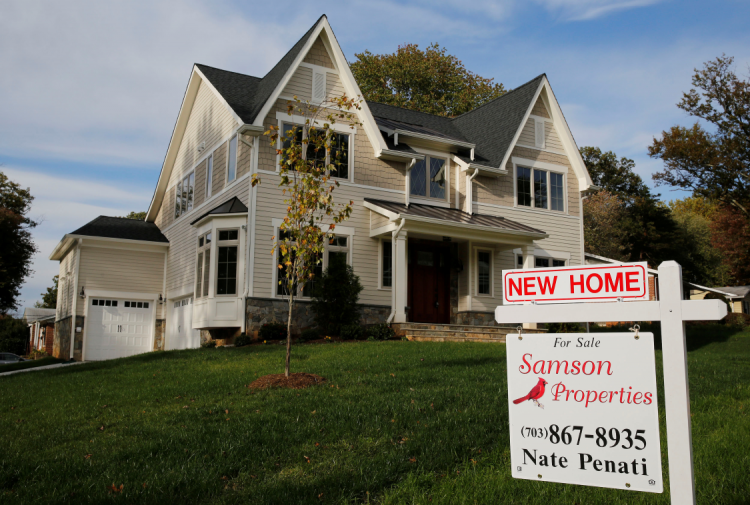In May, the median price of a previously owned home in the United States reached a record high of $419,300, marking an 11th consecutive month of price increases, according to the National Association of Realtors (NAR). This surge, a 5.8% rise from the previous year, highlights the growing divide between current homeowners and prospective buyers. "Home prices reaching new highs are creating a wider divide between those owning properties and those who wish to be first-time buyers," stated Lawrence Yun, NAR's chief economist.
Despite these escalating prices, the housing market remains active. Sales of previously owned homes are up from the decade lows seen last fall, with only a slight decrease of 0.7% in May, adjusting to an annual rate of 4.11 million units. However, the sales pace has stalled, particularly in the South, where a 1.6% drop was recorded.
The high home prices come amid persistently high mortgage rates, which have hovered around 7% for a 30-year fixed loan. This combination has significantly impacted affordability, with the average mortgage payment today more than double what it was five years ago. This rise is due to both higher rates and a 50% increase in home prices over the same period.
A study by Zillow revealed that a median-income household now needs to save over $127,000 for a down payment on a typical US home, roughly double the median annual salary of a US worker. This stark reality underscores the challenges faced by first-time buyers in the current market.
While the market is tough, it hasn't completely deterred buyers. Yun noted, "Still, first-time buyers in the market understand the long-term benefits of owning." The market's resilience is evident as two-thirds of homes went under contract in less than a month. However, competition is fierce for well-priced homes in good condition, while other listings languish.
Cash transactions continue to play a significant role, accounting for 28% of all sales. First-time buyers made up 31% of the market, a slight increase from 28% the previous year, indicating that new buyers are still entering the market despite the challenges.
Inventory levels, which have been a significant issue, showed improvement in May. The number of homes for sale jumped 6.7% month-over-month and 18.5% year-over-year. At the current sales pace, the inventory now represents a 3.7-month supply. "Eventually, more inventory will help boost home sales and tame home price gains in the upcoming months," Yun added.
The distribution of home sales by price range reveals an interesting trend. Sales of homes priced below $250,000 decreased from a year ago, while those in the $250,000 to $500,000 range saw a modest increase of 1%. Higher-end homes, priced between $750,000 and $1 million, saw sales rise by 13%, and homes priced over $1 million surged nearly 23%.
This skew towards higher-priced homes partially explains the record-high median price. The demand for luxury homes is increasing, reflecting broader economic trends and the concentration of wealth among higher-income buyers.
Looking forward, the housing market could see some relief if the Federal Reserve begins to lower interest rates, which are currently at a 23-year high. However, the Fed has indicated only one potential rate cut this year, and economists do not expect mortgage rates to fall below 6% in 2024. This continued high rate environment suggests that affordability challenges will persist.






